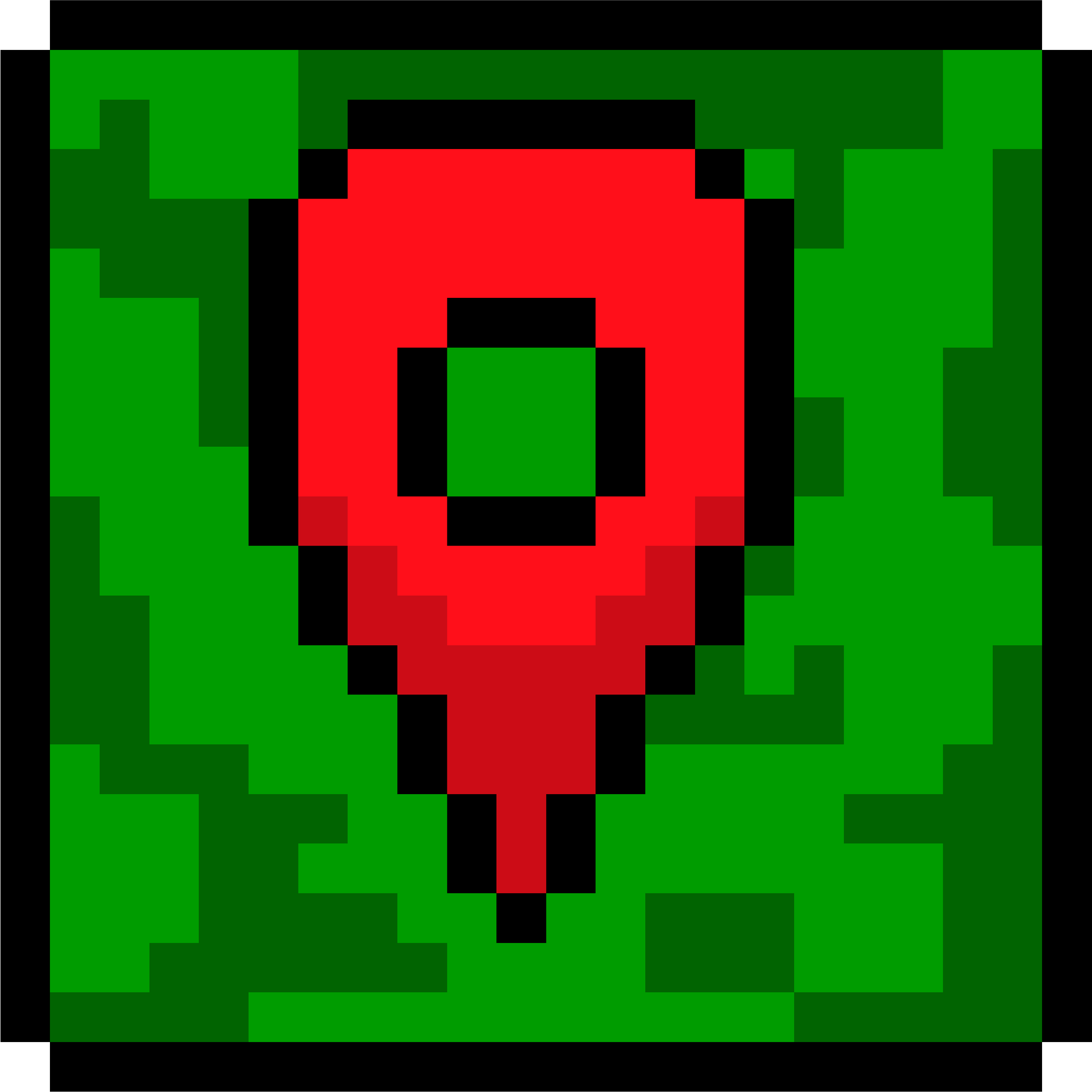924 reads
How to Create and Connecting Redis to a Serverless Node.js App on Azure
by
June 12th, 2023
Audio Presented by
Story's Credibility



About Author
CTO at Restart / Software engineer / Robotics Engineer


CTO at Restart / Software engineer / Robotics Engineer